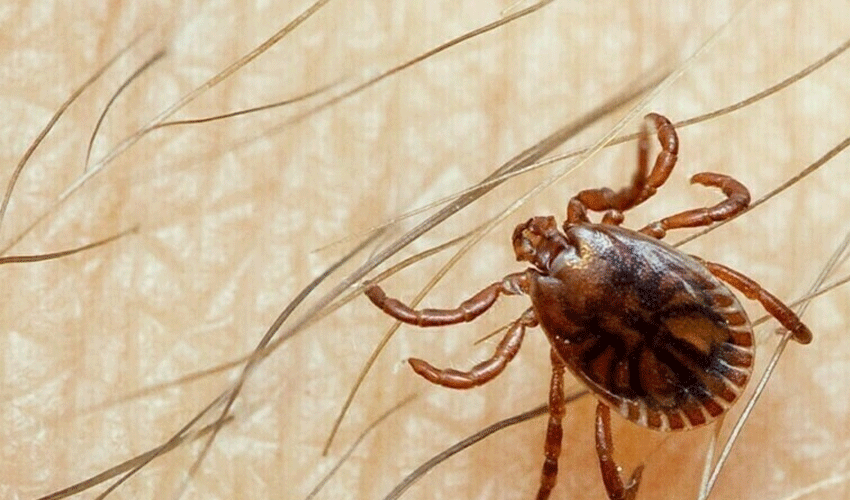As Eidul Azha approaches and southern parts of the nation brace themselves against soaring temperatures, the National Institutes of Health (NIH) has released critical advisories aimed at preventing the spread of Crimean-Congo Hemorrhagic Fever (CCHF) and safeguarding citizens from the escalating threat of heatstroke.
The NIH has directed provincial health departments, including those in Azad Jammu and Kashmir, Gilgit-Baltistan, and the Islamabad Capital Territory, to proactively implement necessary arrangements in strict adherence to established Standard Operating Procedures (SOPs).
The health authority has also urgently called for the launch of widespread awareness campaigns to educate the public on essential precautionary measures to be taken during the Eid festival.
The advisory highlighted the grave nature of CCHF, a viral hemorrhagic fever carrying a significant mortality rate ranging from 10 to 40 percent. The disease has emerged sporadically in Pakistan since its first documented case in 1976, with Balochistan remaining the most vulnerable region, primarily due to the movement of animals across borders.
The primary mode of virus transmission to humans is through direct contact with infected animal blood or tissues during the slaughtering process. Alarmingly, human-to-human transmission is also possible through exposure to infected bodily fluids, such as blood or secretions.
Given the heightened risk during Eidul Azha, which involves large-scale animal sacrifice, the NIH has strongly emphasized the critical need for personal protective measures during the handling and slaughtering of animals. These essential measures include the consistent use of gloves, protective clothing, and the proper and safe disposal of all animal waste.
Urgent Heatstroke Alert Issued
In a separate but equally important advisory, the NIH has also expressed serious concern over the intensifying heatwave gripping several regions of the country, attributing these extreme weather conditions to the broader impact of global climate change. The health body warned that the sharp increase in temperatures has already led to a surge in cases of heat-related illnesses, including potentially fatal heatstroke, which can result in severe complications or even death if not treated swiftly and effectively.
The NIH outlined key warning signs and symptoms of heatstroke, including a dangerously high body temperature, hot and dry skin or, paradoxically, excessive sweating, profound weakness, confusion, and slurred speech. The public is strongly urged to remain consistently hydrated, avoid direct exposure to sunlight during peak heat hours, and seek immediate medical attention if any of these alarming symptoms manifest.
Officials have underscored the vital importance of community-level interventions to mitigate the impact of the heatwave, including the urgent establishment of heatstroke response units and ensuring the widespread availability of drinking water and shaded spaces in all public areas.
Health professionals and volunteers are also being urged to remain exceptionally vigilant during the Eidul Azha period, particularly in rural and other high-risk areas, to effectively contain both the potential spread of the Congo virus and the dangerous adverse effects of the ongoing heatwave.



